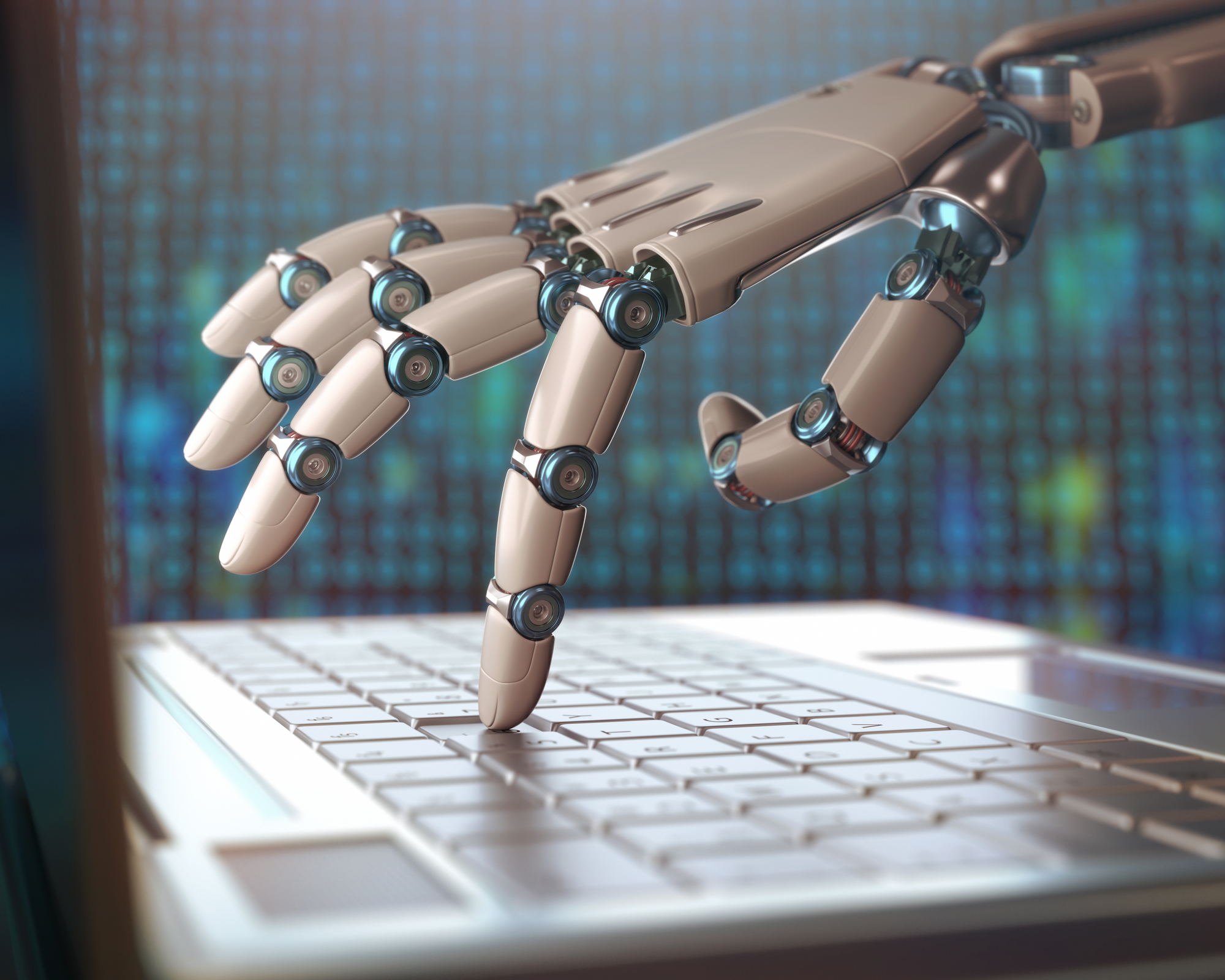
Does AI belong in your digital transformation strategy?
FREE DOWNLOAD: Does AI belong in your digital transformation strategy?
Ask anyone to define Artificial Intelligence (AI) and you’ll receive a staggering variety of answers. Add into the question AI’s use in digital transformation and it only becomes more complicated. For such a widely used buzzword, there is a lot of misunderstanding around AI and what it can do.
This might be why only 17% of executives are investing in AI for their companies, according to research by Forrester, despite 75% of them believing that emerging technology is vital for a strong digital transformation. The rise of AI is everywhere you look, yet businesses aren’t fully engaging in the process. This means there’s still an opportunity for companies to gain a competitive edge by utilising AI effectively in their digital transformation.
Does AI belong in your digital transformation strategy? In this whitepaper we’ll discuss what it can bring to the table, whether every strategy should include it and the best ways to integrate AI into your digital transformation.
What is AI?
Forget AI taking over the world, or computers that out think their human counterparts. The current state of AI isn’t nearly as intelligent as the name suggests.
However, as a tool, the processes behind AI have much to offer us in the digital age. AI is an evolving and adaptable system that works by employing a variety of the following processes:
Achieving true digital transformation can be complicated but, armed with the right knowledge, it doesn’t have to be. By following these steps, you can simplify your transformation and achieve productive change.
Machine learning - Progressive learning and improvement of a computer system by processing data using a base of algorithms and statistical models.
Artificial Neural Networks (ANN) - Interconnected units that relay and process information between them based on how neurons within a human brain operate. The structure grows and adapts with the information that flows through it.
Deep learning - A subset of machine learning that uses large and hierarchical neural networks to learn from Big Data in a nonlinear approach.
Computer vision - Pattern recognition and deep learning are used together to allow a computer system to identify what’s in an image or video, which in turn can let them interpret their surroundings.
Natural Language Processing (NLP) - Analysing, understanding, and generating human language.
Cognitive computing - Computer systems that are designed to simulate human thought processes and interact naturally with users.
AI doesn’t necessarily use all of the above processes within one system, and some are more heavily relied upon than others depending on the AI’s specialisation. However, these processes are common traits of AI.
So, does AI belong in your digital transformation strategy?
Download the guide and find out:
What AI actually is...
If AI is the right strategy for your organisation and how AI can supercharge your digital transformation.
4 top tips for incorporating AI into your digital transformation strategy before, and better than, your competitors.
